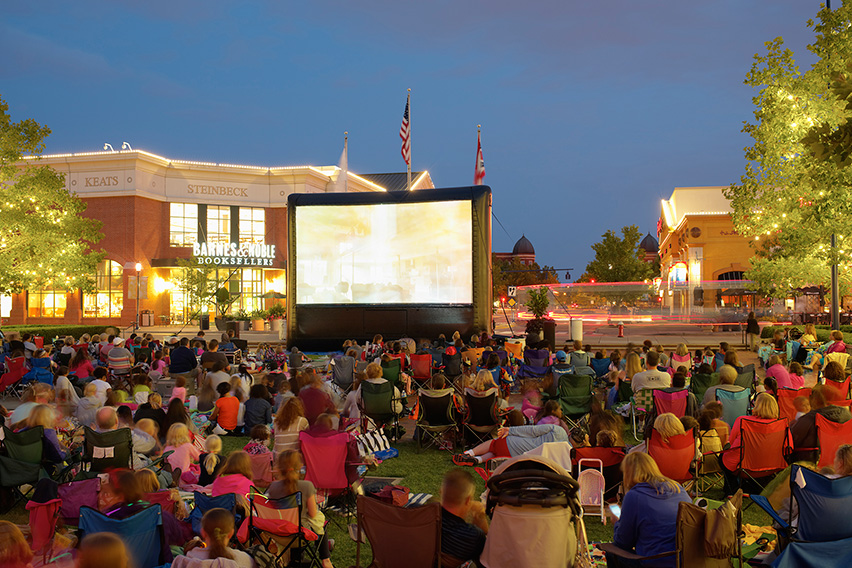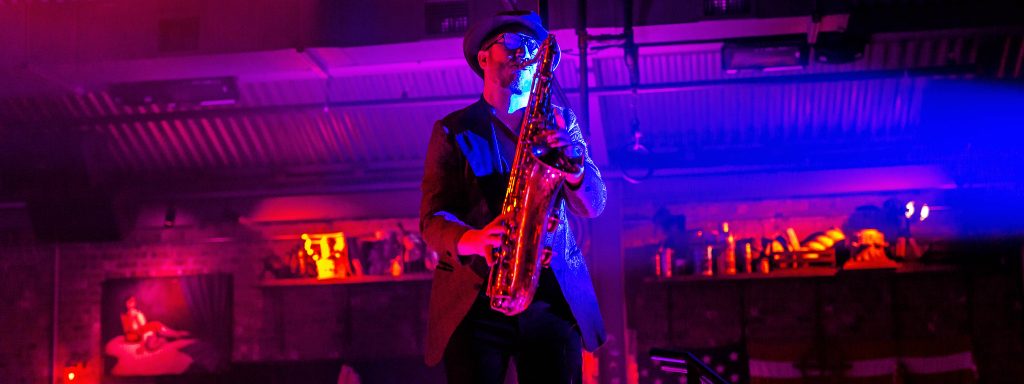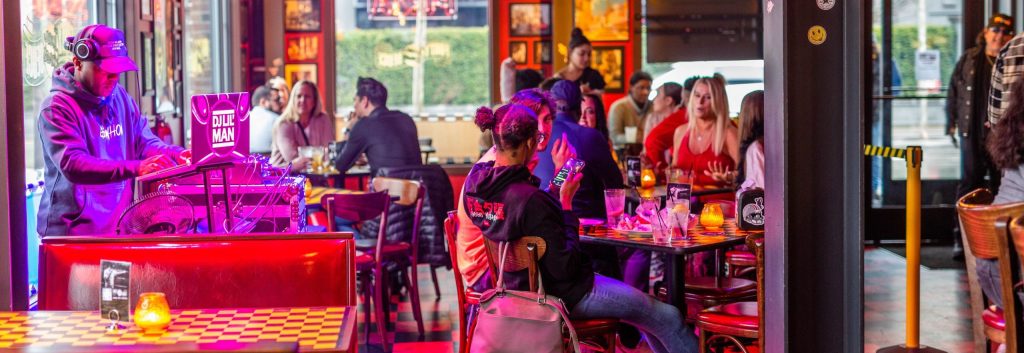By: Barry Rosenberg
Rethinking mixed-use assumptions and recognizing the power of community to elevate great environments
In the rich history of mixed-use design and development, retail reigns supreme. Conventional wisdom holds that, to be successful, a mixed-use development must have a powerful retail engine under the hood. Traditionally, strong retail is considered to be a prerequisite for a successful and sustainable mixed-use destination. In some respects, residential, office, hospitality and entertainment components are seen as secondary elements—support for the commercial core.
But there are times when conventional wisdom can be a little too conventional—when an overdependence on tradition can inhibit innovation.
Instead of viewing the value equation exclusively through a retail prism, successful developers appreciate the fact that the true power of a great mixed-use environment is in its ability to establish a memorable and defining sense of place. And that sense of place is less about transactions and more about interactions. From that identity come those all-important elements of community, connection and cohesion: the building blocks of any compelling mixed-use project.
Because the appeal of mixed use is so closely tied to that powerful and potent idea of connectivity, and to that same sense of community, it is possible to flip the standard development equation on its head. Instead of using “lifestyle” elements and complementary uses to enhance a commercial environment and complement a retail core, we can leverage a retail aesthetic to create the sense of place—while relying on office, hotel, and/or residential components to deliver real value.
In other words, retail can be the garnish—not the main course—and the meal will still be equally satisfying.
This is an important insight, because not every project can be a regional retail powerhouse. Not every location in every market is suitable for the traditional model of a retail-first development. But simply because a project is not built on a retail foundation, that doesn’t mean that it cannot be a compelling, successful and profitable venture. When the market, the site, or the development opportunity makes a heavy retail component impractical, it makes little sense to try and force a round peg into a square hole.
There is value in recognizing that the flexibility and variety of mixed-use development affords opportunities to creatively expand the genre. Instead of a department store headliner, a project might be anchored by a movie theater, a chic residential building, a successful hotel, a really cool shared office environment, and/or a corporate-anchored office user. Extensive public park space (not just a plot of empty green grass, but a place that promotes and enhances social activity, engagement and interaction) can be an amenity that becomes elevated to the role of anchor. In effect, this harnesses the power of human activity to make the spaces between the buildings just as important as the structures themselves—a kind of experiential topography that adds real and measurable value.
In the hands of the right developer—who understands that it is the synergy of the uses that is important, not the hierarchy—these innovative mixed-use destinations can be truly special: dense, walkable, vibrant and engaging spaces and places that drive traffic and become local and regional icons.
As urban-style design concepts continue to evolve and establish themselves outside of established formulas and traditional mixed-use development models, opportunities to create these projects will grow exponentially in number. Property owners and investors will be looking for skilled developers who can help create that critically important sense of place and that elusive sense of community, and who can deliver the urban intensity and engagement that enhances each component and sets their project apart from the crowd.






